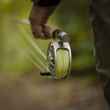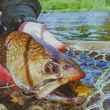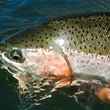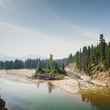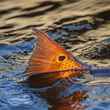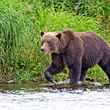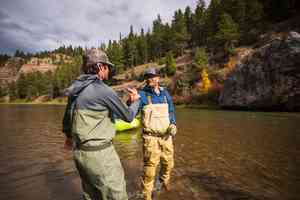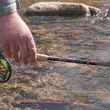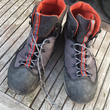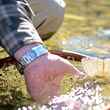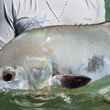Loon Outdoors is one of the most well known and most innovative makers of fly fishing products. And while Loon doesn't make rods or reels or lines, they make a bevy of products that are often just as indispensable to the angler. From floatants to split shot to lanyards and more, Loon makes many of the products that make our time on the water more enjoyable and more successful.
Loon has decided they'd like to introduce themselves a bit more intimately to the fly fishing community, and tell everyone a bit about who they are and what matters to them. To do so, they've made a behind the scenes video showcasing what they're up to. And, apparently Loon thinks my above description of their company is spot on. I say that because, having written the paragraph above before watching the video, upon viewing it I was greeted by Loon's Andrea Zundel practically reciting my description word for word when talking about Loon. I almost pulled it from the post figuring I would seem like a hack.



